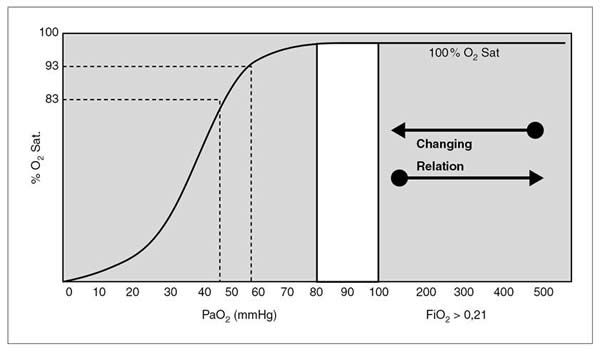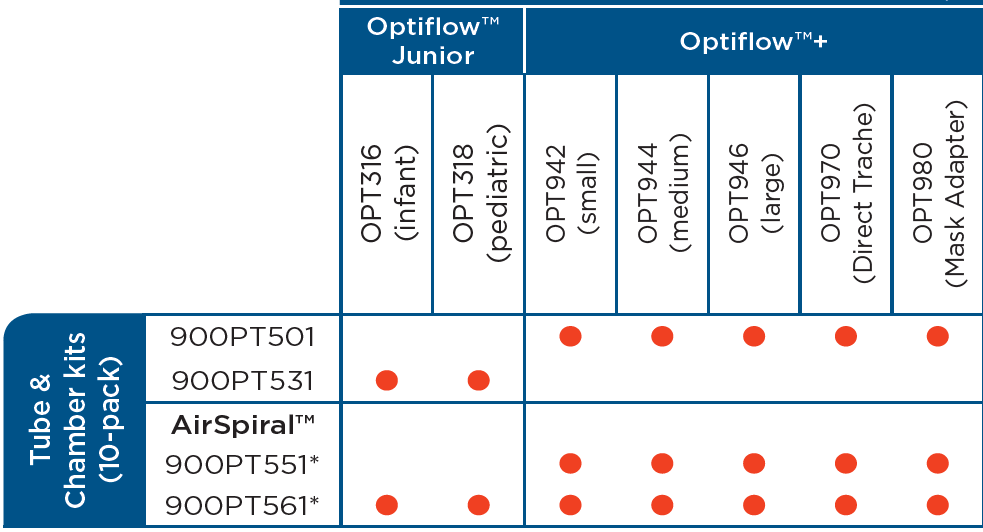oxygen delivery devices and flow rates australia
For example the recommended flow rate for a 35 of venturi valve is 8 liters per minute. In patients with hypercapnic respiratory failure arterial pH 45 mmHg NIV or invasive ventilation should be considered.
If the nasal prongs are curved these should face posteriorly to the patient.
. This delivers to the patient a flow rate of 45 liters per minute and an oxygen concentration of 35 percent. The paediatric non-rebreather held below the face produced. FiO2 is defined as the percentage or concentration of oxygen that a person inhales the fraction of inspired.
Looping the tubing around the patients ears and bring it to the front of the patients chest. Connect the face mask to the oxygen cylinder. These devices deliver a variable inspired oxygen concentration to the patient which depends on the PIFR.
Depending on a patients inspiratory effort tidal volume speed of inspiration and respiratory rate the PIFR can often exceed the flow rate at which oxygen or an oxygenair mixture is supplied by the device meaning that at the time of PIFR. Different oxygen flow rates result in a highly variable and unpredictable FiO 2 Rebreathing of CO 2 can occur with O 2 flow rates of less than 2 L O 2 lmin or if minute ventilation is very high 4 Lmin of oxygen flow delivers an FiO 2 of about 03504 providing there is. Same as Salter with added benefit of providing higher flow rate and.
Low-flow oxygen delivery systems deliver oxygen at flow rates below the patients inspiratory flow rate entrain room air and provide a variable FiO2. 4060 FiO2 at a flow of ³5 Lmin Delivery of higher FiO2 levels than nasal cannulae. It has been shown that conservers can reduce oxygen usage by 50 leading to a.
The recommended initial oxygen flow rate for open-circuit systems employing a non-rebreather mask has long been 15 Lmin-1. The HFNC is an oxygen-delivery system that includes an airoxygen blender humidifier heater and nasal cannula to deliver precise and very high flow oxygen to your patient. Flow rates of 2-4 litresmin are normally used.
A simulated patient and oxygen sensor were used to compare wafted oxygen concentrations for six delivery devices in various positions and oxygen flow rates. The oxygen flow rate is the number that we dial up on the oxygen flow metre usually between 1-15Lmin. WNHS OG guideline redirect link Author.
When the tap is manually opened the oxygen takes the line of least resistance to the patient via an oxygen delivery device eg. They have valves which deliver a fixed concentration of oxygen eg. They include Nasal cannulae.
Tube with a mask or nasal cannula. Increasing the flow rate to 10 liters per minute increases the total flow to the patient but the oxygen concentration delivered remains at 35. Low flow device Most common device used for mild hypoxia Can be set between 1 and 6 LPM 24 to 40 FiO2 FiO2 increases approximately 4 with each liter of O2 KorupoluR GJ Needham DMContemporary CriticalCare.
MORS with an oronasal or intraoral mask demand valve with an. A 28 valve will have a smaller hole than a 40 valve and so on. Venturi valves deliver the following fixed.
There are two important things to consider when delivering supplemental oxygen to your patient. High Flow Nasal Cannula. Non-rebreather reservoir mask 60 FiO2 at a flow of 15 Lmin.
Delivery devices work with different flow rates. 200969111 Bailey P Thomsen GE Spuhler VJ et alCrit Care MedJan2007351139145. Given typical supply limitations there is a natural interest in reducing the flow rate to extend oxygen delivery duration.
Comfort cost easy titration. Can be used in patients with stable Type II respiratory failure. A pressure reading barometer.
Delivery of higher FiO2 than simple mask. A regulator is attached to the cylinders top and works like a tap allowing the safe adjustment of oxygen flow rate provided in Lmin 1. Set flow rate at 1 to 4 litres per minute.
Of the commonly available devices promoted for O₂ delivery to injured divers similar PtcO₂ and nasopharyngeal FIO₂ values were obtained with the three devices tested. Increasing flow rate beyond 8 litres will not increase the F102 to more than 60. The flow rate can be set on the wall tap.
For most patients standard nasal cannulae are the preferred method of oxygen delivery with the flow rate varied to achieve the target oxygen saturation. Comparison of tissue oxygenation achieved breathing oxygen from a demand valve with four different mask configurations. Nasal cannulae-delivering low flow rates of 24 Lmin or more are provided to patients almost automatically in a range of common clinical situations without the oxygen even necessarily being.
Apply the nasal cannula to the patients nose first. However there is a small amount of room air which gets in the system so the FIO2 is invariably lower more like 80-90. A comparison of the tissue oxygenation achieved using different oxygen delivery devices and flow rates.
The oxygen flow rate and the FiO2. So the maximum concentration of oxygen that can be delivered by oxygen mask is 60. Oxygen flow rate was controlled via a standard wall-mounted flow rate metre CIG Health Care Comweld Group Pty Ltd Australia with testing conducted at a flow rate of 15 Lmin for all devices and additionally for flow rates of 6 and 8 Lmin when using oxygen tubing.
Simple Oxygen Face mask. Each valve is colour coded Figure 3 although newer valves can be set at the desired FiO2 in a single unit. Oxygen can be administered at 6 liters per minute or less and flow rates of 4 liters per minute or less.
Classification of Oxygen Delivery Devices in non intubated. Delivers unpredictable oxygen concentrations between 22-35 that vary with flow rate and respiratory pattern and rate. Venturi masks are high flow delivery devices.
These are classified as high flow Oxygen Delivery Devices and low flow Oxygen Delivery Devices. Flow rate 1-4Lmin 4L will dry the nose 2L is more comfortable. For simple face masks flow rates of.
Blake DF Crowe M Lindsay D Brouff A Mitchell SJ Pollock NW. Government of Western Australia North Metropolitan Health Service Women and Newborn Health Service. The percentage of oxygen inspired depends on the flow rate and the delivery device.
2435 FiO2 at a flow of 14 Lmin. It varies from 0 15L per minute. Simple oxygen face masks are single patient use and are low-flow masks which entrain the.
Dropping the oxygen flow rate closer to 10 Lmin-1 has been suggested as a compromise but the. Only oxygen tubing and the paediatric non-rebreather mask consistently delivered wafted oxygen concentrations above 30.
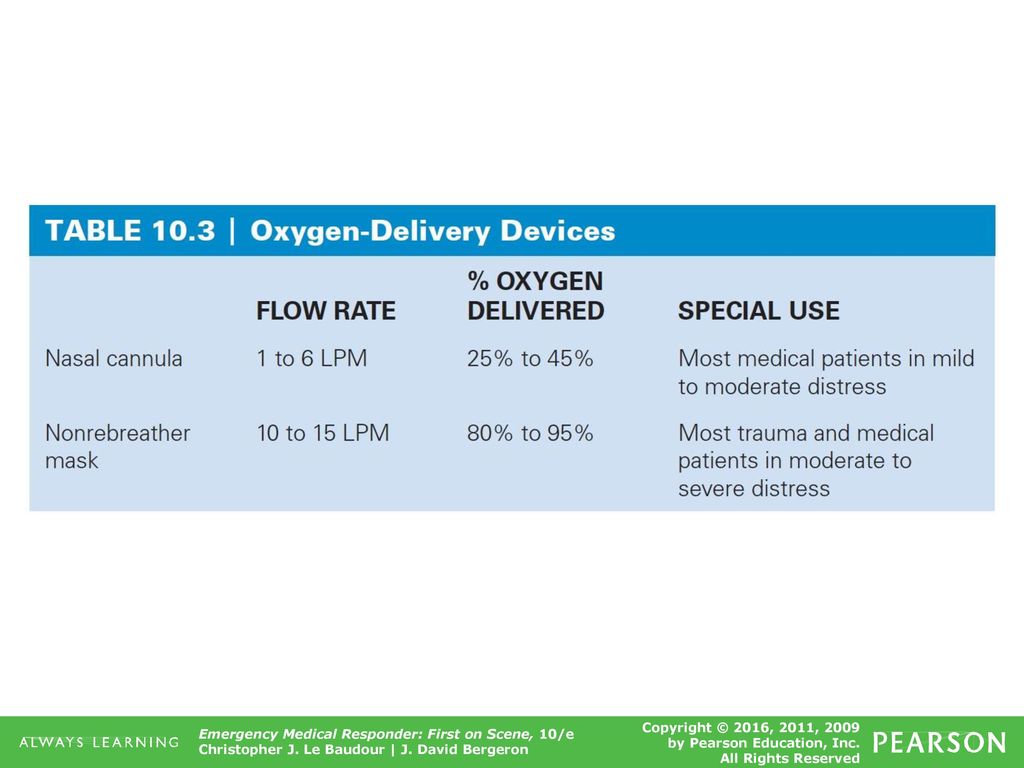
10 Principles Of Oxygen Therapy Ppt Download

Transtracheal Catheter Image Courtesy Www Airwayeduca Download Scientific Diagram

Transtracheal Catheter Image Courtesy Www Airwayeduca Download Scientific Diagram

Estimated Inspired Oxygen Concentration Download Table

Preoxygenation Deoxygenation And Reoxygenation During Intubation

Automatic Oxygen Titration Versus Constant Oxygen Flow Rates During Walking In Copd A Randomised Controlled Double Blind Crossover Trial Thorax

Automatic Oxygen Titration Versus Constant Oxygen Flow Rates During Walking In Copd A Randomised Controlled Double Blind Crossover Trial Thorax
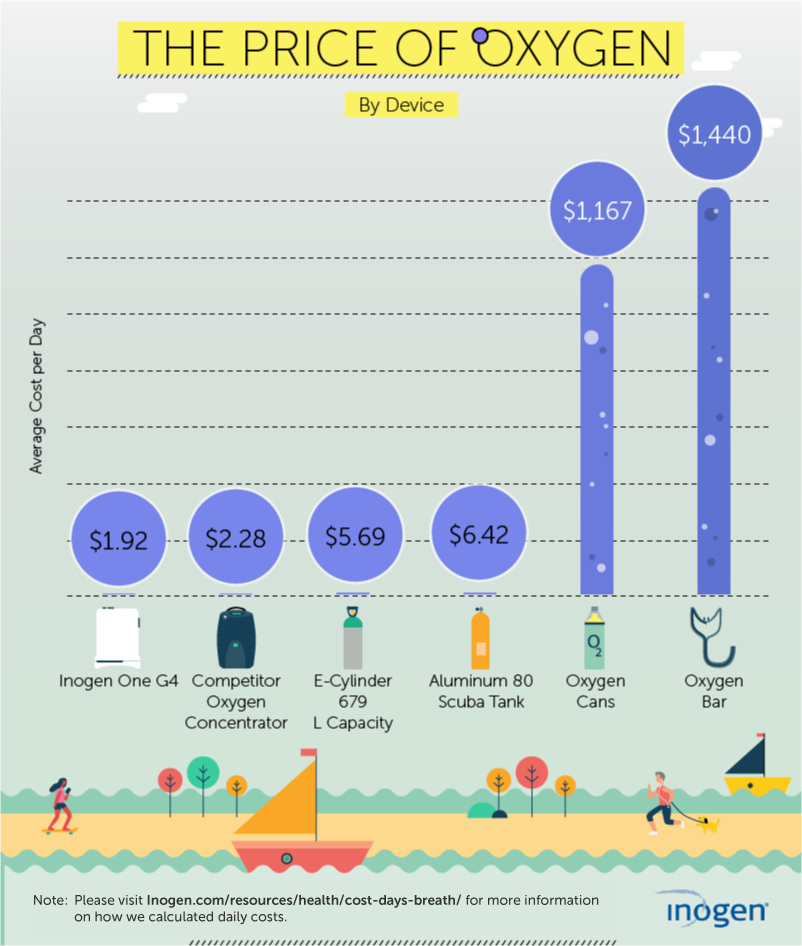
Cost Of Oxygen Portable Oxygen Concentrator Cost Inogen

Nursing Jobs Are Noble Profession Especially In Aboard You Can Earn More In Aboard On Nursing Professions Emergency Nursing Nursing Jobs Nursing Profession
Clinical Guidelines Nursing Oxygen Delivery
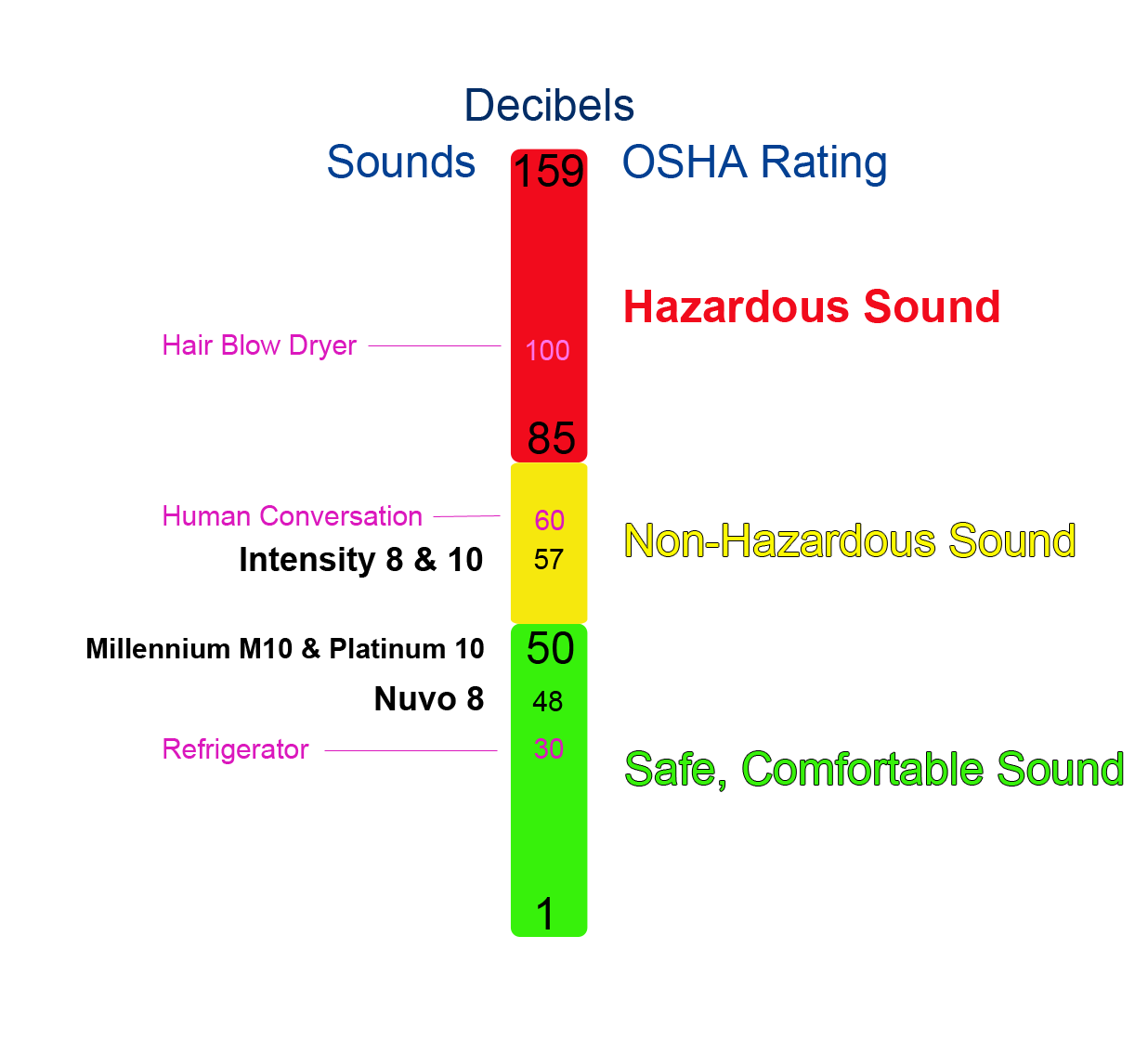
High Flow Oxygen Concentrator Review And Comparison 2020 Vitality Medical
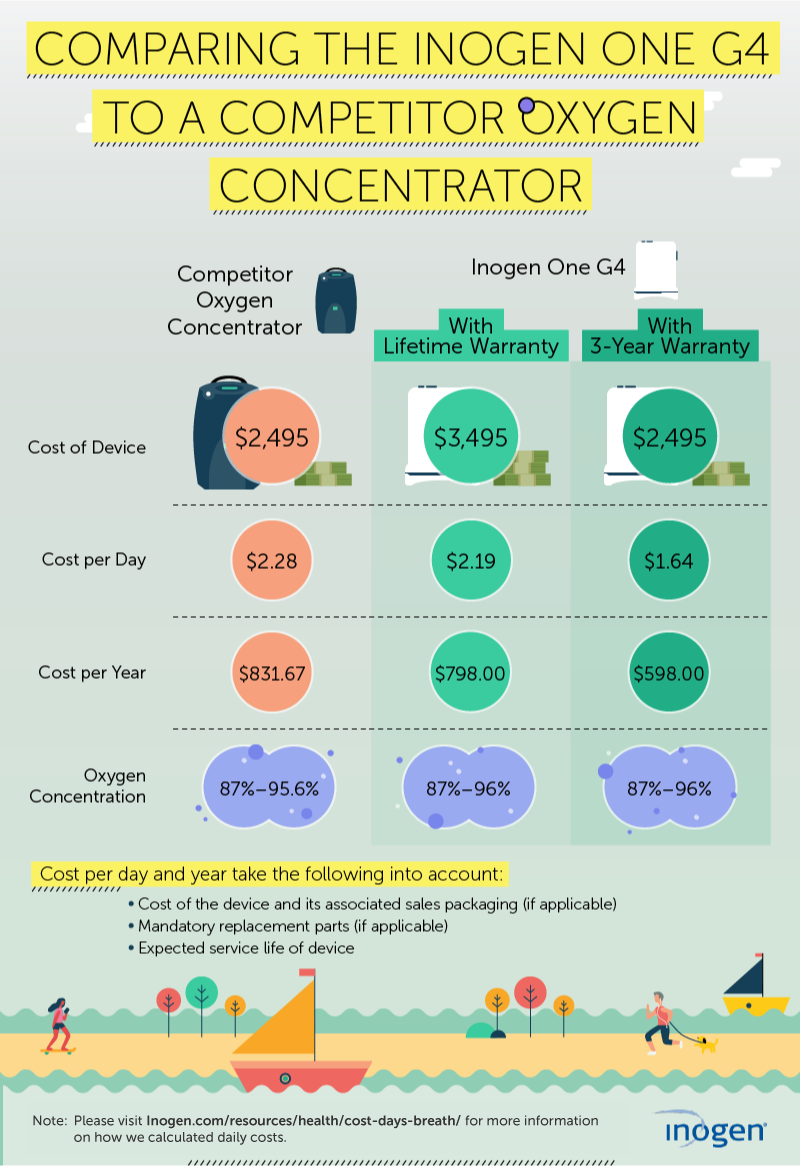
Cost Of Oxygen Portable Oxygen Concentrator Cost Inogen
